Have you ever drank "Budweiser Budvar," regardless of who brewed your pint? Well, just as the hamburger traces its roots to the German city of Hamburg where the iconic meal likely originated, Budweiser refers to the town of Budweis, which gained the brewing right in the 13th century upon its establishment by King Ottokar II of Bohemia. "Budvar" is thus a fusion of "BUDweis" (or "Budějovice" in Czech) and "pivoVAR," meaning brewery. Therefore, whatever rendition you sip on worldwide, whether it's an American lager by Anheuser–Busch, Cerveza Budweiser de Colombia, or any other imitation of this Czech beer, it's merely attempting to emulate the true beer from Budweis, Budějovice. And here it is—the contemporary Budweiser beer factory.
Hamburger se jmenuje po Hamburku, odkud se tenhle dnes ikonický pokrm dostal až za oceán. No Budweiser se jmenuje po Budweisu, tedy Budějovicích. Městu udělil právo várečné Přemysl Otakar II. už při jeho založení, takže pivovarnictví tu má svou tradici. No, a Budvar, to je vlastně jen složenina ze slov BUDějovický pivoVAR. Pro našince asi žádná novinka, ale v zahraničí dostanete i celou řadu jiných Budweiserů, třeba od americké firmy Anheuser–Busch nebo z pivovaru Cerveza Budweiser de Colombia. Tady asi nemusím psát, odkud to pivo je. A takhle vypadá dnešní továrna Budvaru.


Yes, Budweiser is an industrial brewery, 100% owned by the Czech Republic, by the way. And it's certainly not deserving of its own #beersaturday post, we should focus on great beers instead, shouldn't we? I just wanted to clarify things here—hamburgers hail from Hamburg, and the authentic Budweiser hails from Budweis. However, I wouldn't recommend anyone drink it. True, it might be a tad better than other industrial brews. It also boasts a fancy visitor center I skipped, but one might find enlightening. I hastily captured those pictures for #beersaturday and proceeded to a craft brewery that truly deserves its post. There are several in České Budějovice, and I began my beer odyssey there at Krajinská 27. That's both the address and the establishment's name, perhaps to simplify getting there or calling a cab home after indulging in too many local brews.
A je to opravdu továrna. Pravděpodobně víte, že jde o jeden z největších českých průmyslových pivovarů, který navíc patří státu. Zprivatizovat, nebo nechat vydělávat státní kase? Každopádně o Budvaru psát nebudu. To by byla škoda, v Budějovicích je totiž hned několik poctivých minipivovarů, které si svých pět minut slávy v #beersaturday zaslouží o poznání víc. Takže se pokochejte pohledem na náš národní pivovar, a pak se přesuneme z okraje Budějovic do centra. Do Krajinské 27, což je název podniku i adresa. Asi aby sem snadno trefil i podroušený ochutnávač na okružní cestě budějovickými pivovary.
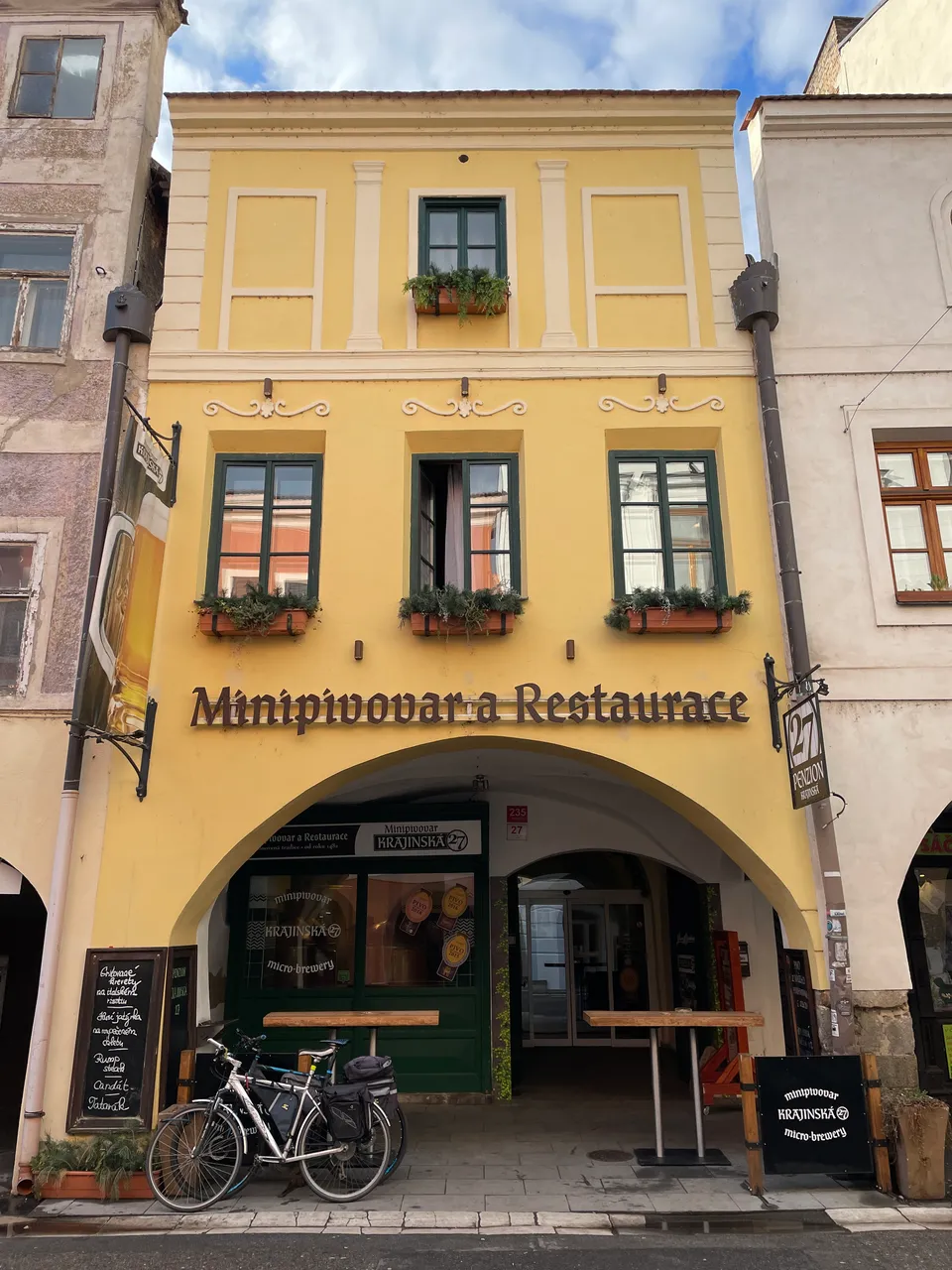

While Budweiser Budvar runs the factory on the outskirts, Krajinská 27 occupies a quaint 600-year-old town hall in the heart of the town, just a stone's throw away from the main square. This very building had already served as a tavern and brewery for 300 years, since 1487, and technically, its brews could also be dubbed Budweis beer (greetings to St. Louis, Missouri, the Anheuser–Busch HQ). The upper floors house several hotel rooms, while the ground floor hosts one of the finest establishments in Budějovice for dining and, of course, beer sampling. No wonder you should book your table in advance, especially on Friday and Saturday evenings. Even during the off-season, like last weekend, most patrons were German-speaking tourists (I can't distinguish Austrians from Germans just by accent). Nevertheless, Czech microbreweries rank among the best places to dine in the Czech Republic once you venture beyond Prague, and our neighbors are aware of that.
Krajinská 27 je vlastně takový typický jihočeský domek kousek od Náměstí Přemysla Otakara II. Už v roce 1487 je na tomhle místě doložena krčma, ve které se vařilo pivo, kterému se asi taky dá říkat Budweis (takže zdravíme do St. Louis v Missouri, kde je sídlí "americký Budweiser", koncern Anheuser–Busch). V horních patrech je malý penzion a v přízemí vyhlášená restaurace. Pochopitelně s výčepem. Pokud dorazíte na víkend, rozhodně doporučuju udělat si rezervaci. I teď mimo sezonu bylo plno. U většiny stolů se mluvilo německy. Německou a rakouskou němčinu od sebe podle přízvuku nepoznám, ale není to poprvé, co jsme v minipivovaru potkali více cizinců než Čechů. I naši sousedé už očividně vědí, že mimo Prahu se málokde najíte lépe než právě v řemeslných pivovarech.
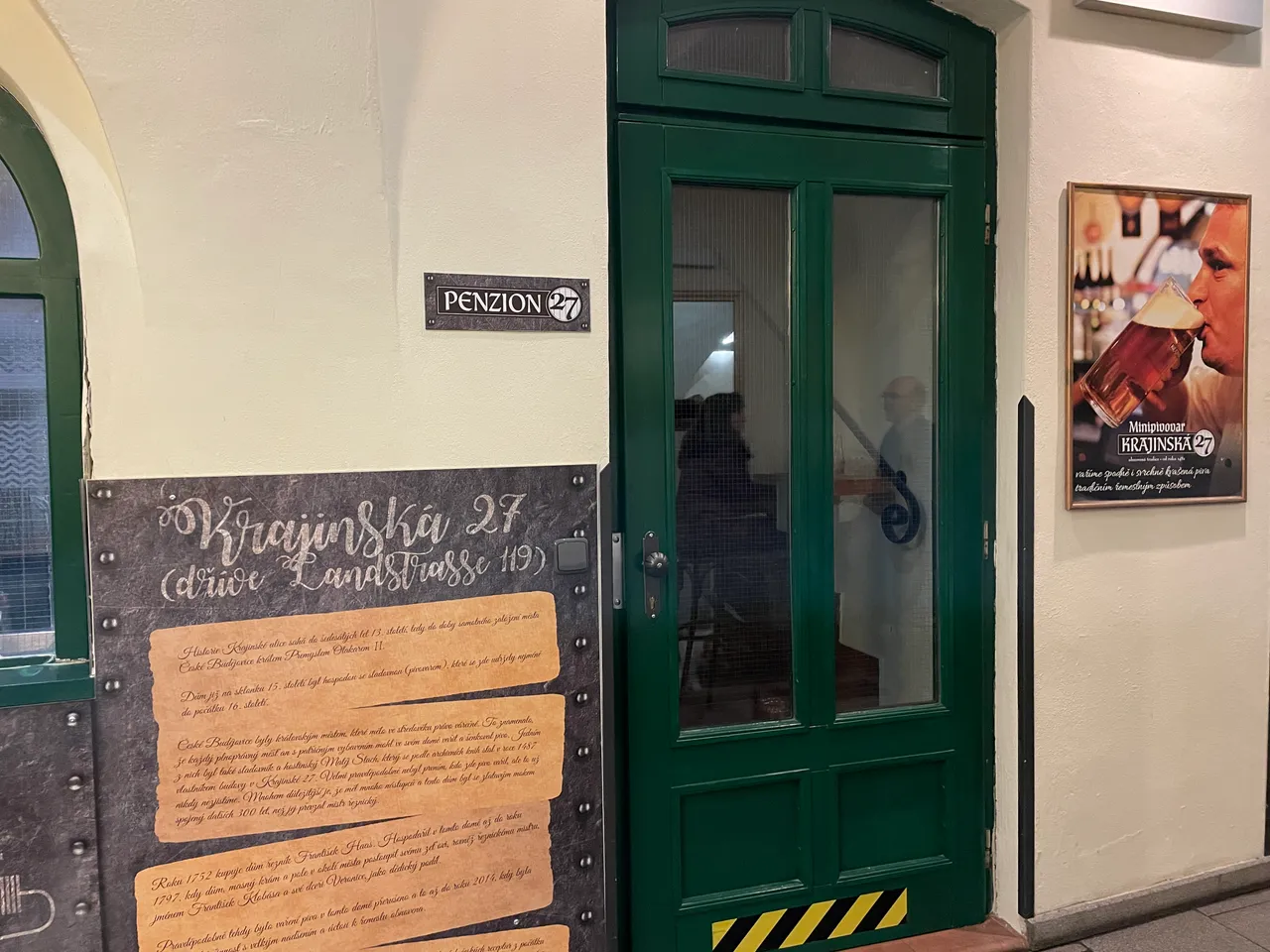

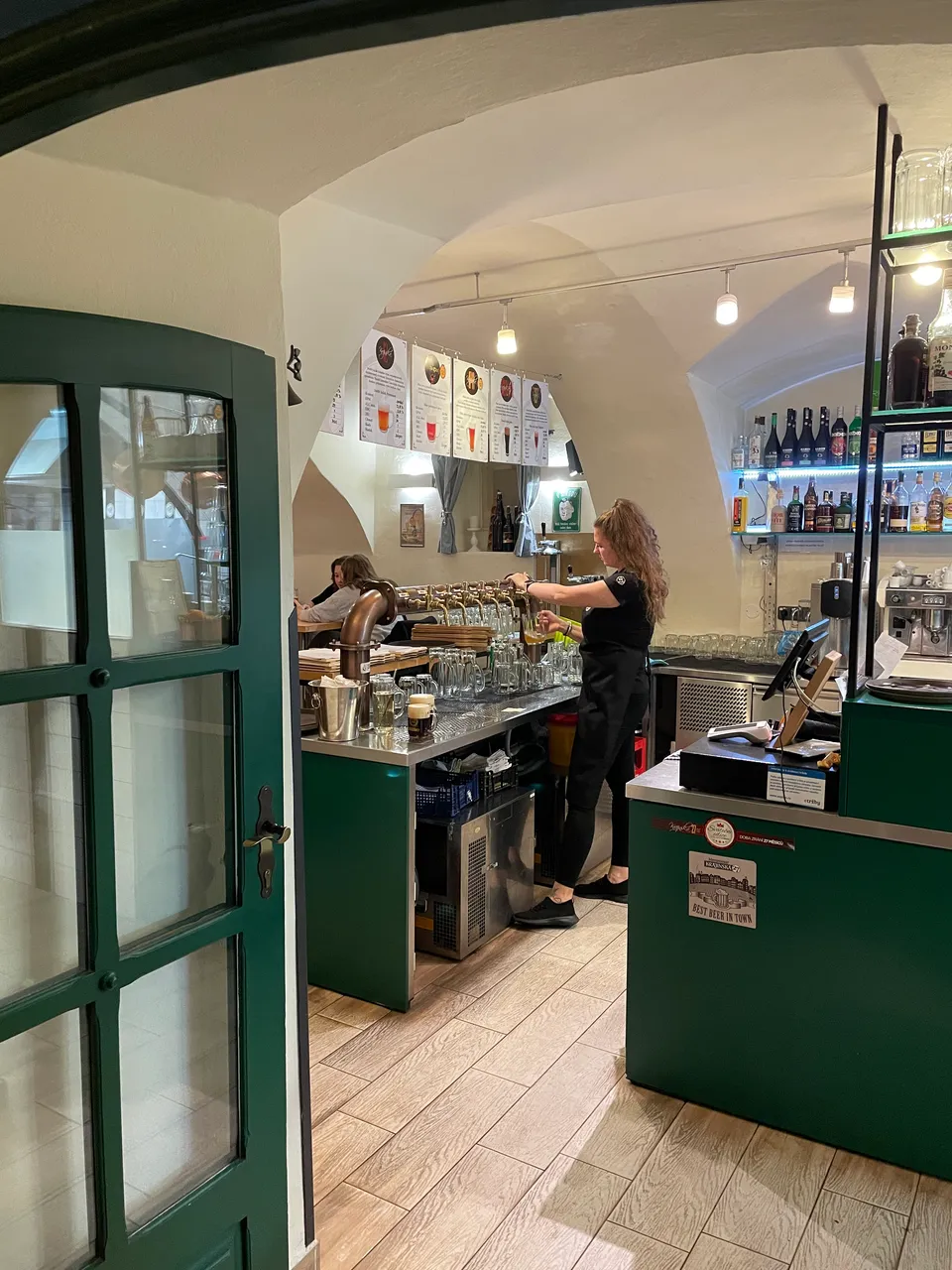
Yes, the dishes were delicious. A foreigner might appreciate the Czech-style home-baked bread, a common offering in many craft breweries in the countryside nowadays. Unfortunately, buying a proper loaf of bread isn't always straightforward in the regions, and unlike most restaurants, microbreweries typically opt for the finest ingredients, making baking their own bread the best choice. Nevertheless, you likely clicked on my post for the beers, so let's do a bit of sampling, shall we?
A ano, vaří skvěle. A i tady už si pečou vlastní chleba, můžete si koupit i bochník domů. S chlebem je to kříž, jen málokde koupíte dobrý, a tak je to poslední dobou v minipivovarech trend, na který narážím stále častěji. Ale o tom třeba zase v České baště.
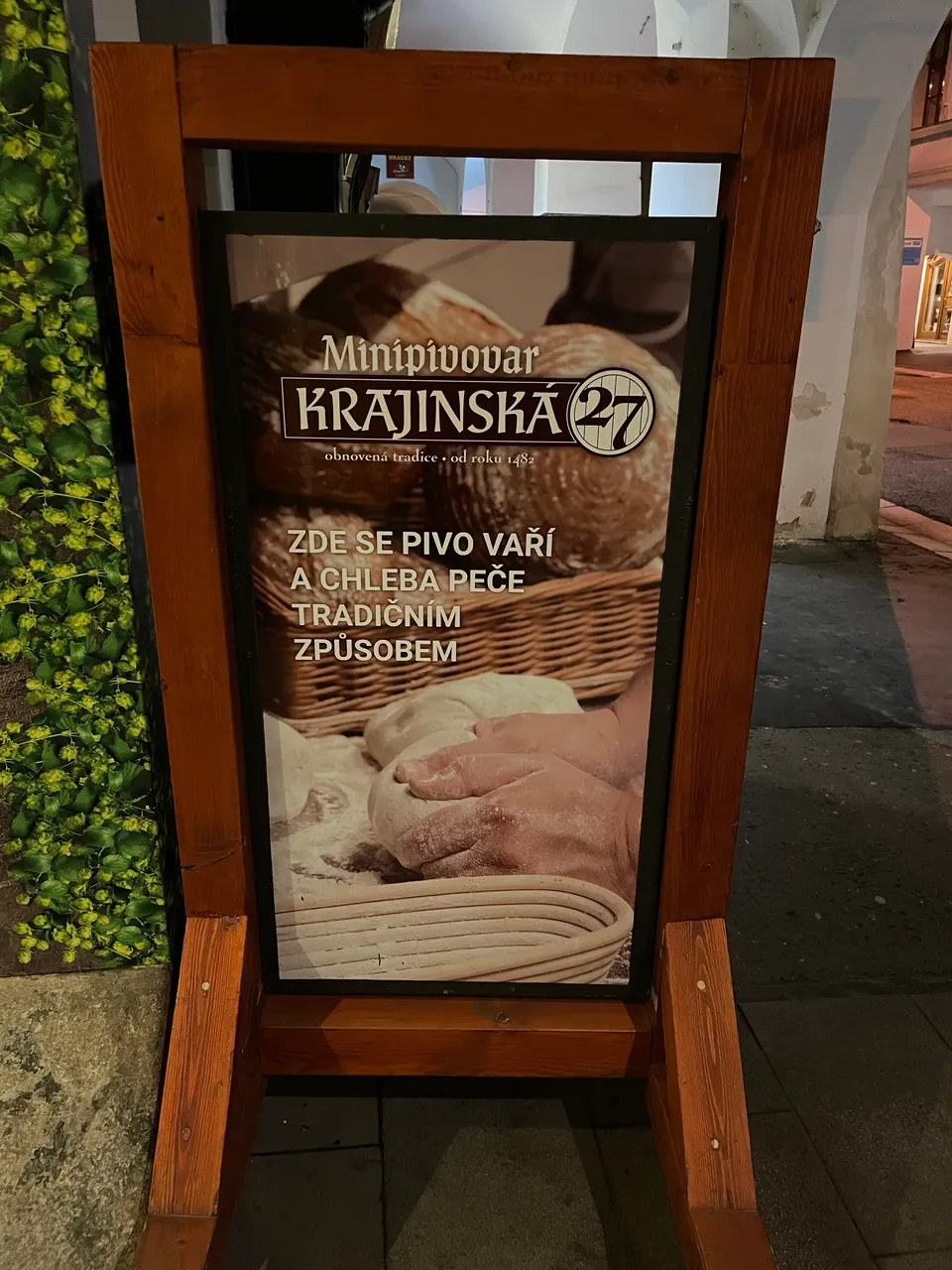

The Beers
14° Čertice Strong Dark Bohemian Lager
Rumor has it that the local dark lager, known as Čertice (Lady Devil), is a brew unlike any other, and to pass it by would be a sin. Well, mingling with a devil may not be virtuous either, but it certainly seemed the more enticing of the two options. Indeed, I would have regretted not sampling this lager crafted from four hop varieties and a blend of roasted malts. The Lady Devil kicks in with a robust roasted aroma, tinged with hints of salty caramel. Roasted notes dominate the body, which feels robust yet not overpowering (this beer packs a significantly stronger punch than your typical Czech dark lager). A caramel-like sweetness emerges towards the end of each sip, and suddenly, you can tell how strong it is. A remarkable beer, indeed. I appreciate the foam, too. It does not look devilish at all.
O Čertici jsem slyšel už v Praze, její pověst ji předchází. Prý by byl hřích neochutnat ji. Možná namítnete, že zaplést se s čerticí je taky hřích, a tak jsem si ze dvou zel vybral to menší, ochutnat. Tenhle silnější tmavý ležák ze čtyř druhů chmele a několika pražených sladů má robustní pražené aroma s lehkými tóny slaného karamele. Pražené slady dominují i v těle piva, které je plné, ale nepůsobí dojmem silné čtrnáctky. Až na konci si vynoří sladší sladové tóny, a pak Čertice trochu kopne a piják si uvědomí, že to opravdu je silnější pivo. Ale skvělé. Líbila se mi i pěna, rozhodně nevypadala čertovsky.
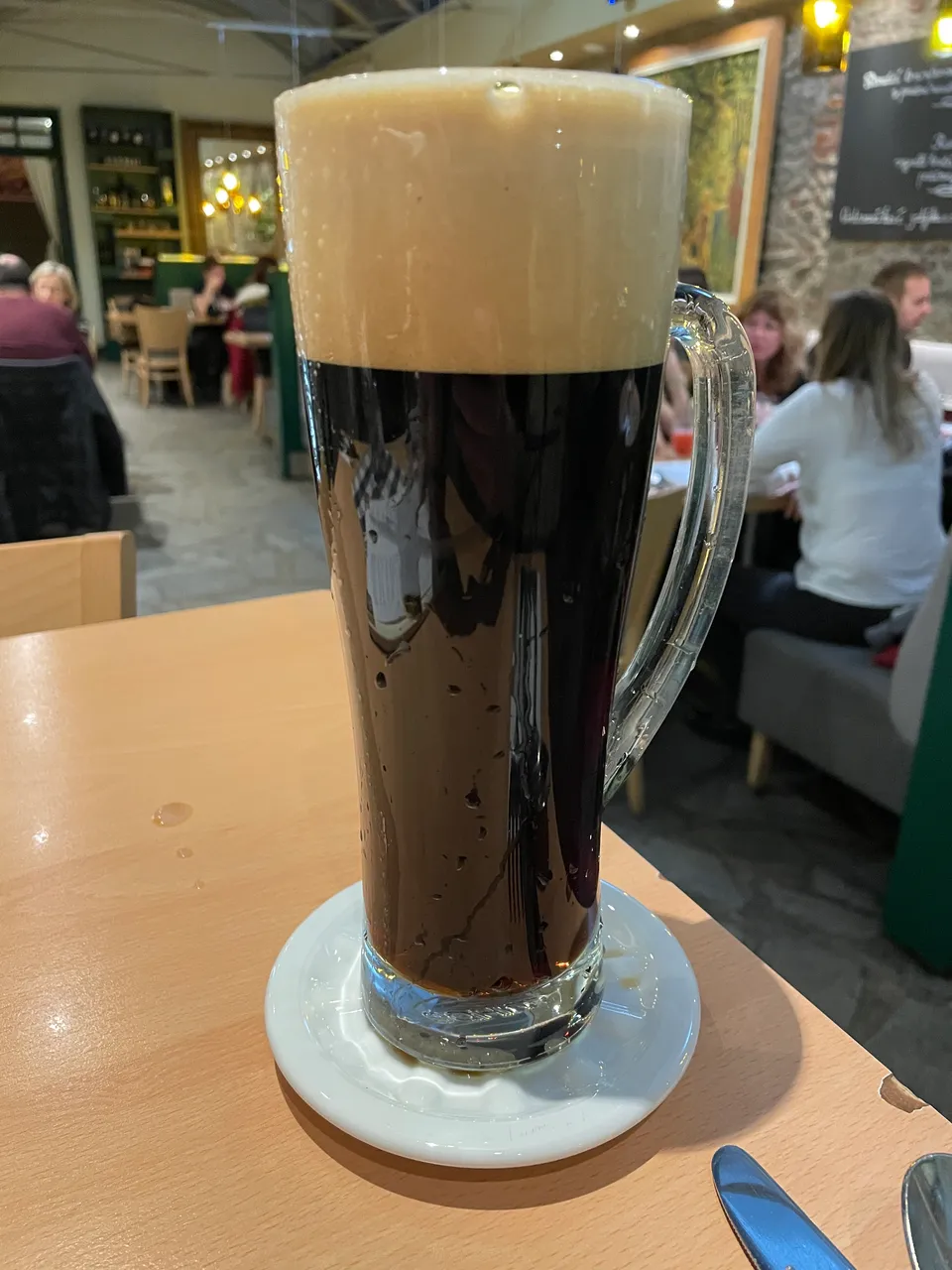
Krajinská 12° Bohemian Lager
As the name of this beer style suggests, it's a traditional Czech one (well, since October 5, 1842). A top-notch microbrewery should handle brewing this benchmark with finesse. This particular brew is exceptionally smooth, with less pronounced characteristics compared to many other craft breweries. It opens with malty tones that gradually transition into distinct Saaz hop herbal aromas. The aftertaste is mildly bitter, slightly less so than anticipated. Overall, the "dvanáctka" is balanced and would appeal to those who favor malty lagers over excessively bitter ones. I can easily imagine downing three of these after a long summer day of biking (don't judge me, beer is the oldest and most common Czech electrolyte drink!).
Klasická česká dvanáctka je prubířským kamenem každého pivovaru. Ta místní je hodně vyvážená, s plnou chutí. V porovnání s klasickou řemeslnou produkcí se drží docela při zemi, nijak nevyčnívá. Protáhne vás klasickou paletou od lehkých sladových tónů po bylinná aromata žateckého chmele. Dozvuk je lehce nahořklý, ale méně, než bych čekal. Jak už jsem tu několikrát psal, mám rád spíše hořké ležáky. Vyvážené pivo, které si umím představit jako ionťák na konci letního dne po dlouhé cyklovyjíždce.
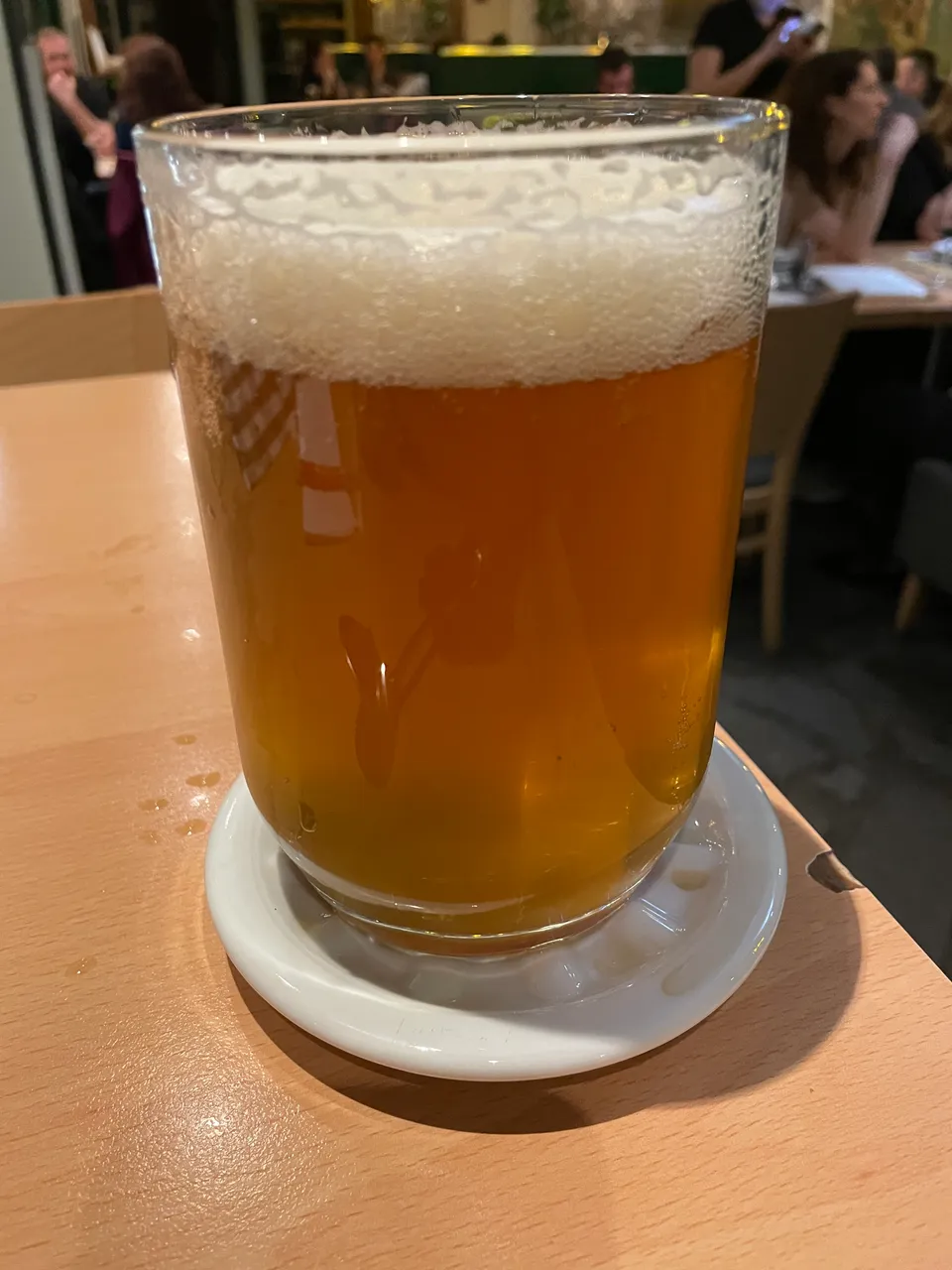
Krajinská raketa 14° India Pale Ale
Krajinská 27 proudly boasts of brewing bottom-fermented beers using exclusively traditional Czech ingredients. Naturally, my curiosity was piqued when it came to sampling their IPA. No worries, there were no experiments with atypical hops or bottom fermentation. Raketa stays true to the IPA style, brewed with bittering hops from Australia and New Zealand. However, I was taken aback by the very subtle aroma, which wasn't particularly citrusy. Instead, I detected hints of honey-like scents. Nevertheless, the bitterness hit hard upon the first sip, incredibly intense. Despite its less prominent odor, this IPA stands out as one of the most bitter I've recently sampled. The initial bitterness sets the stage for a symphony of citric aromas, followed by a touch of the honey-like sweetness I initially noticed. However, the aftertaste is once again dominated by a lingering heavy bitterness that persists.
Krajinská 27 se chlubí tím, že vaří spodně kvašená piva z výhradně českých surovin. A tak mě samozřejmě zajímalo, jak si s tímhle přístupem poradí s pivem stylu IPA. No, tak místní IPA je opravdu IPA. Chmely jsou pro styl typické, z Austrálie a Nového Zélandu. Ale dost mě překvapilo, že má velmi jemnou vůni, ve které nejsou příliš výrazné citrusy. Naopak, zaznamenal jsem zvláštní aroma, tak trochu medové. Ale první doušek mě nenechal na pochybách, pivo je to intenzivně hořké. Takže jestli tohle čteš, @bucipuci, Raketu je lepší vynechat. Je to totiž jedno z nejvíce hořkých piv, která jsem poslední dobou pil. Hořký kopanec rozrazí dveře citrusovému koncertu klasické ipácké palety chutí, a pak se na moment vrátí i ono zvláštní medové aroma. V dozvuku ale samozřejmě dominuje hořkost, která trvá a trvá a trvá.
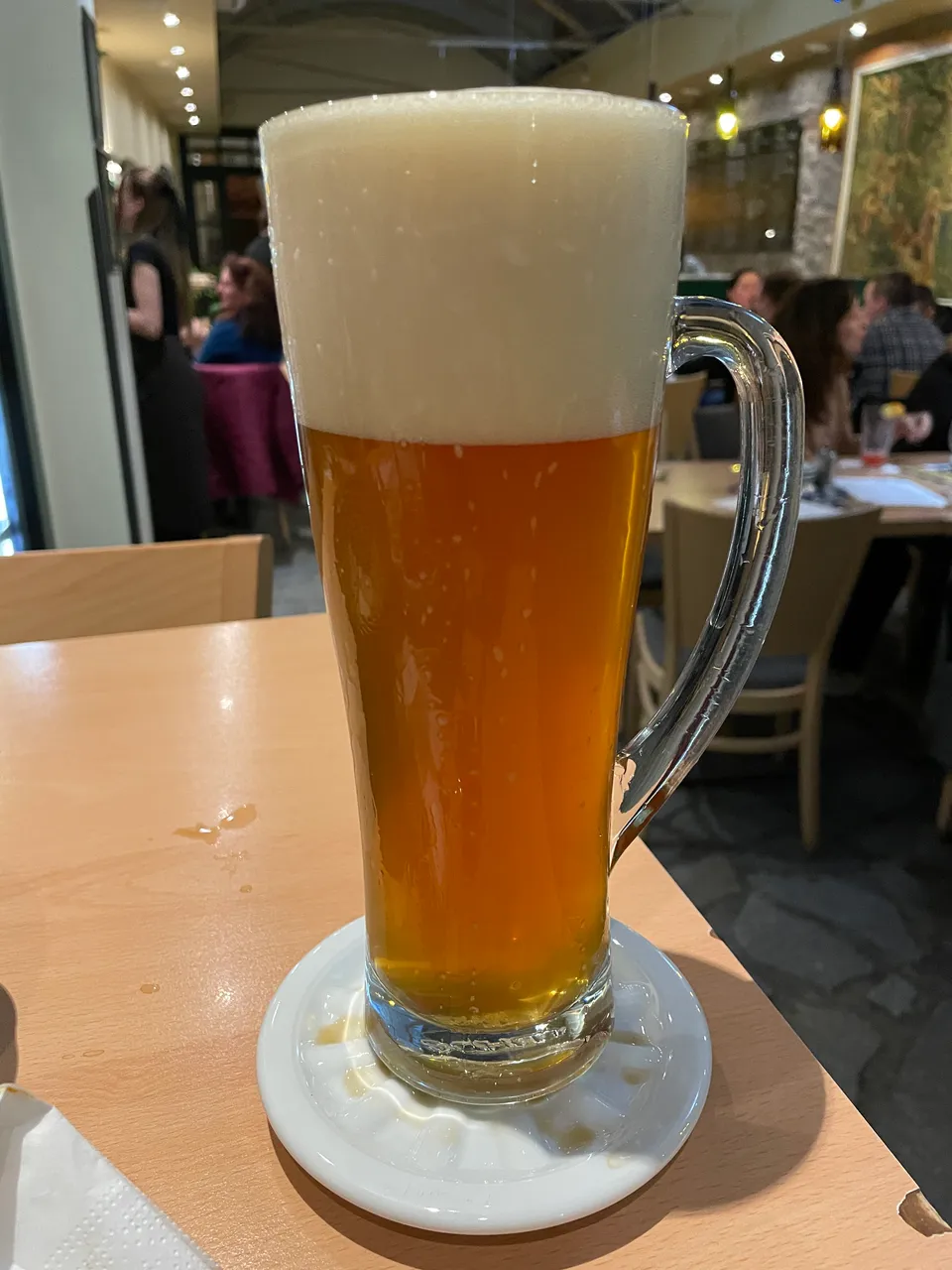
#beersaturday je jedna z nejtradičnějších výzev na Hive. Spočívá v sepsání jakéhokoli článku věnovanému pivu v jakémkoli jazyce, podmínkou jsou alespoň 3 fotky a alespoň 250 slov na každý jazyk. Pokud jsem správně koukal, z předchozích výzev mi tu ještě "visí" pánové @birdwatcher a @hairyfairy. A tentokrát bych chtěl přizvat @phortun'a, těším se na nějaký ten opavský kousek ;)
